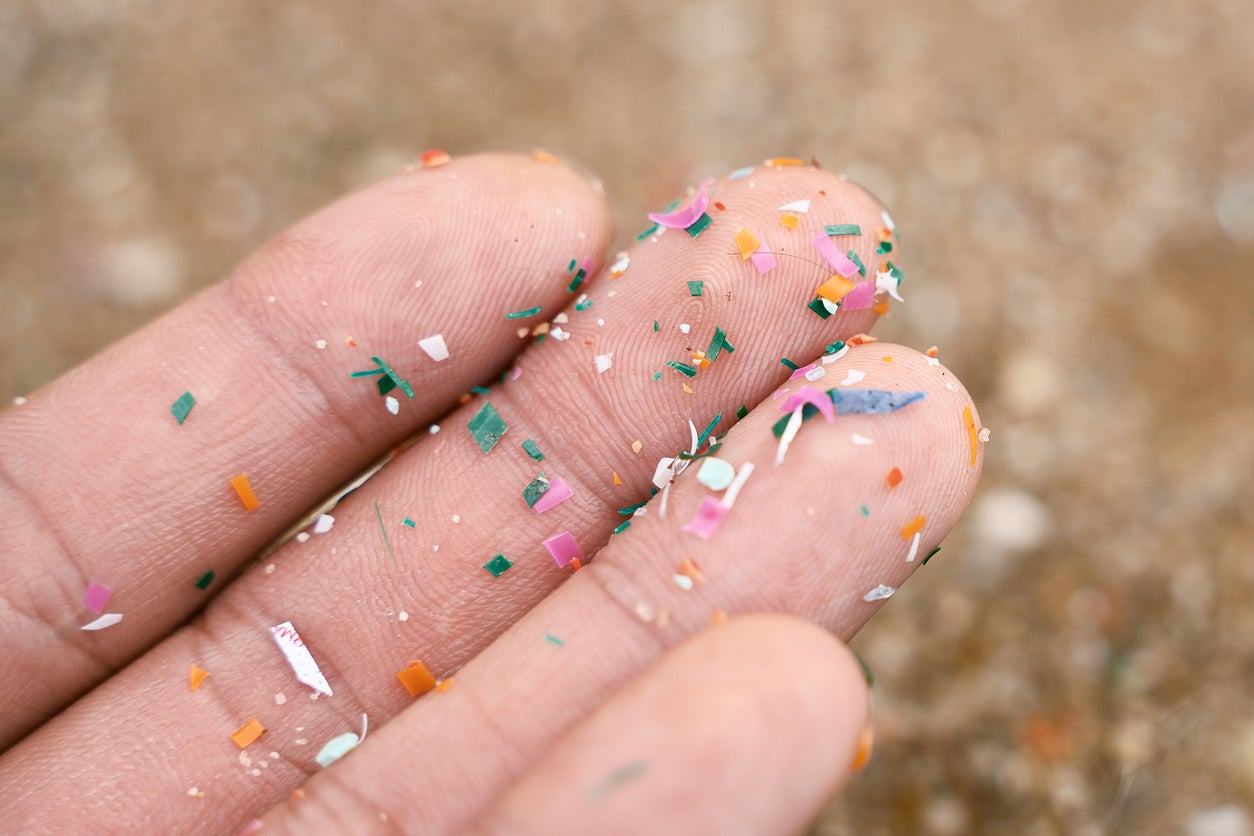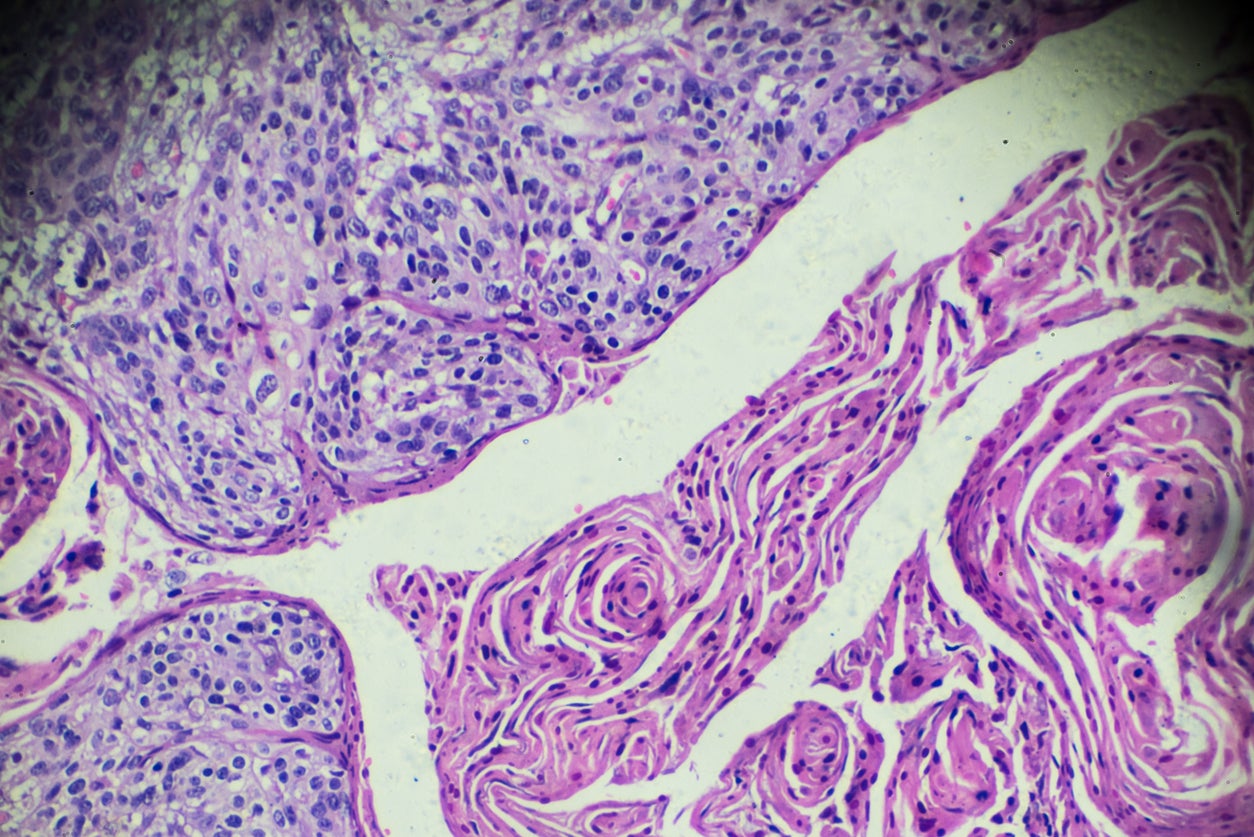Microplastics in our organs could be tied to disease, Chinese researchers say
Microplastics fill the air, water, and our bodies — but experts are still learning more about the particles’ effects on humans
Your support helps us to tell the story
From reproductive rights to climate change to Big Tech, The Independent is on the ground when the story is developing. Whether it's investigating the financials of Elon Musk's pro-Trump PAC or producing our latest documentary, 'The A Word', which shines a light on the American women fighting for reproductive rights, we know how important it is to parse out the facts from the messaging.
At such a critical moment in US history, we need reporters on the ground. Your donation allows us to keep sending journalists to speak to both sides of the story.
The Independent is trusted by Americans across the entire political spectrum. And unlike many other quality news outlets, we choose not to lock Americans out of our reporting and analysis with paywalls. We believe quality journalism should be available to everyone, paid for by those who can afford it.
Your support makes all the difference.Microplastics that have been found in human organs have “alarming links” to adverse health impacts, including lesions, cervical cancer, and other diseases, researchers suggest.
The plastic pollution — small broken-down pieces that are no larger than five millimeters — has been detected everywhere: in the water humans drink, in the air we breathe, in our hearts, and in our genitals. And, scientists have predicted that environmental contamination could double by 2040. Although new insights into their prevalence have aided experts’ understanding of the current situation, the full scope and negative consequences of this pollution remain to be seen.
Now, an analysis from Chinese academics has indicated a correlation between microplastic accumulation and disease, like tissue cancer, stressing the urgent need to more accurately determine hazards related to these plastic particles in humans.
“[Microplastics] with different types, shapes, and sizes have been detected in various human systems. Notably, the occurrence of [these plastics] is markedly correlated with corresponding lesions and diseases, which is the key evidence that [they] harm human health,” the authors wrote.

To reach these conclusions, they reviewed hundreds of articles on contamination in human tissues and the effects of these particles on the body. The authors said various methods of detection were employed to find the pieces, which were in lung tissue and placenta.
The research, which was led by Zhejiang Agriculture and Forestry University and funded by the country’s National Science Foundation, was published in the February 2025 edition of the journal TrAC Trends in Analytical Chemistry.
Previous findings from the University of New Mexico showed that the particles travel from the gut and into the tissues of the kidney, liver and brain. They’ve also been linked to DNA damage and changes in gene activity: which is a factor that is tied to cancer.
“Co-citation cluster analysis showed that the existence of [plastics] in human tissues (e.g., lung tissue and human placenta) and their correlation with diseases (e.g., inflammatory bowel disease and cervical cancer) are current research hotspots in human [micro- and nanoplastic] detection,” the Chinese authors said.
Cluster analysis is a statistical method for data processing that is used to group similar objects into respective categories.

Notably, it is still unclear if the plastic results in damage that leads to disease, or if they appear in tissue that has already been damaged.
While the work does not establish a cause-and-effect relationship, it highlights the need for further research and methods to quantify these particles in human tissues.
“The potential hazards of [microplastics] to humans require urgent attention, and additional monitoring experiments and epidemiological studies are needed to further elucidate the relevant mechanisms,” they said.

Join our commenting forum
Join thought-provoking conversations, follow other Independent readers and see their replies
Comments